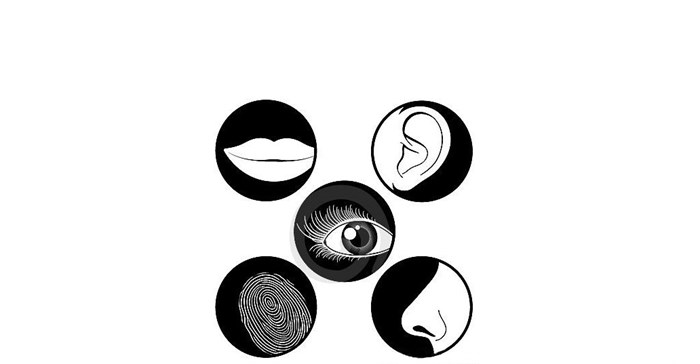
Top stories



Marketing & MediaCammy Msimango on finding her footing in South Africa’s fast-moving digital newsroom
Esther Tomorrow, MDNTV 1 day




From now on, brands are exploring multi-sensorial experiences embracing the five human senses: hearing, touch, smell and taste beyond sight, which is already an intrinsic part of brands' identities.
In 2014, the Harvard Business Review noted that sound and music were slightly undervalued resources available for branding. Car brands have been the first ones to use sound as a differentiating element of a brand identity. Think about Ferrari or Harley Davidson and their specific engine sounds. In 2016, the phenomenon is expected to grow. Honda, for example, has added a quick snippet of an engine roaring away at the end of its ads to evoke power, speed, and agility.
In today's digital world, consumers feel the need to touch and to physically handle objects and materials. A new era is opening for brands, where both the digital and the tangible reality have to harmoniously co-exist and feed each other. Amazon, for example, opened a bricks and mortar store in Seattle, where consumers can freely browse the books. Mainstream brands are increasingly resurrecting printed catalogues. It is no longer a trend reserved for luxury brands; mainstream brands' consumers also feel the need to feel and browse actual paper. J.C. Penney recently relaunched its paper catalogue while Anthropologie launched its first home catalogue late last year. Printed books are also making a come back as the number of independent bookstores in the United States have increased.
Experiencing a scent makes you remember a moment, a brand or a place in quite a visceral way. This is what scent marketing is about: making consumers associate a brand, a store, any place linked to the brand with a special scent. The hospitality and luxury industry are using scent marketing and the phenomenon is expected to expand to other fields. Prada, Chanel, Clarins and Baccarat stores are carefully perfumed in order to create a special atmosphere and ultimately to trigger sales. Hotels like the Four Seasons or Hyatt around the world are also perfumed. Given its strong power of association and reminiscence, a scent is a huge tool for branding.
Taste is also a dimension that brands want to explore nowadays. Brands that are not originally in the food business are starting to open restaurants or buy food franchises. What for? Because food makes a brand experience complete and has the power to bond people together. This is exactly what brands are looking for: to bond their consumers together; to make their stores become places for socialisation. Ralph Lauren opened its restaurant in Paris and its Polo Bar in New York to extend the Ralph Lauren experience and to create a genuine place where the whole Ralph Lauren brand concept is rolled out, where products can be displayed and used. Following the same strategy, the American brand Urban Outfitters recently bought several pizzerias under the brand Pizzeria Vetri. The core target of both brands is the same: millennials. The aim, for Urban Outfitters, is to enhance the consumer experience in stores and make the stores become places of socialisation, in order to complement the digital aspect.
